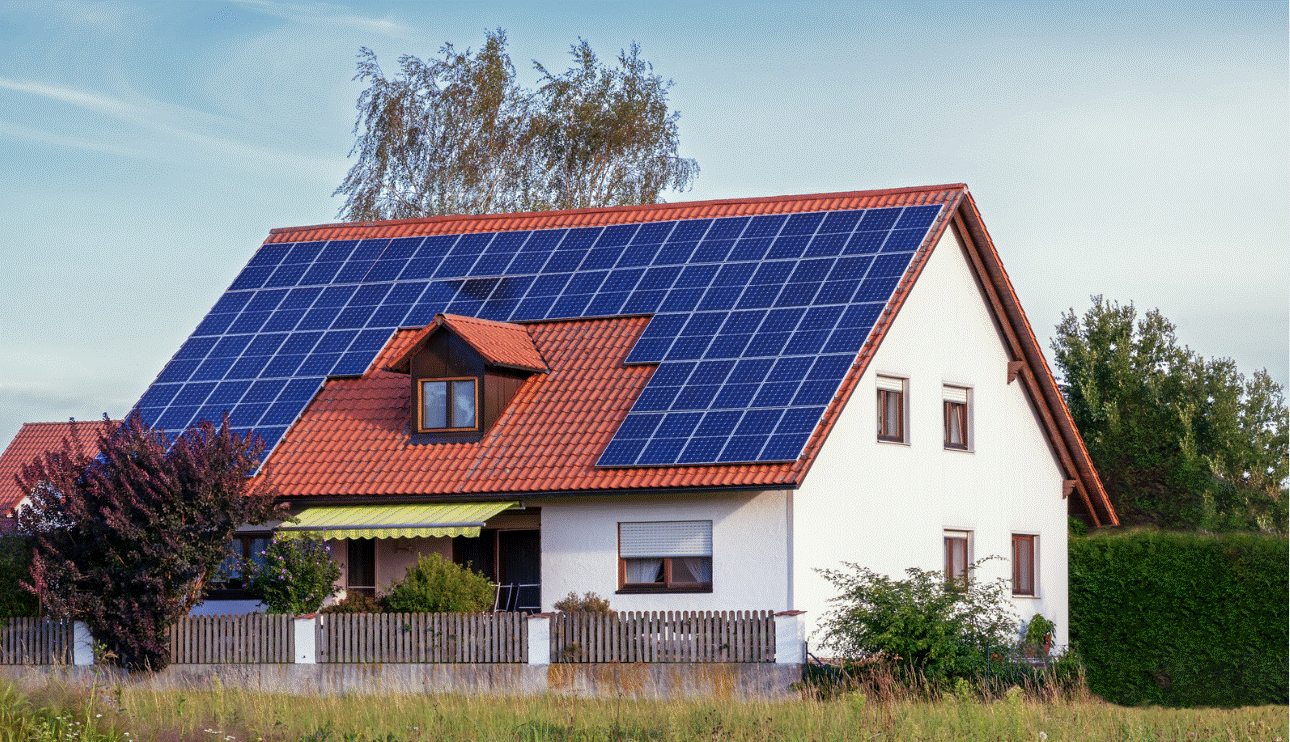What Rising Insurance Costs Mean for Home Values
In recent years, homeowners across the U.S. have been facing a growing concern: rising insurance premiums.

When building a home, homeowners should consider the project's sustainability. Aside from affecting the overall home value, a building’s eco-friendliness can impact your comfort as time passes.
Building Home Value With Eco-Consciousness
The real estate industry contributes to nearly 40% of carbon dioxide emissions worldwide. As a homeowner, you have a duty to minimize your overall environmental impact. Fulfilling this duty is crucial, as climate change affects the world and everything in it.
Plus, being eco-conscious benefits more than just the environment. Prioritizing sustainability when building a home can increase its desirability — about 51% of clients searching for a home in the United States are somewhat or very interested in homes with green features.
Environmental considerations are also associated with energy savings and home comfort. While it can be quite an expensive investment for some homeowners, the result is undeniable.
Key Factors to Consider With Home Construction
There are plenty of opportunities to incorporate sustainability during a home-building project's lifecycle. You can start as early as the planning and design phase.
1. Building Design
Building design can affect your environmental impact. Certain materials are more sustainable than others, so you must be meticulous about what you use for the walls, flooring and roofing.
There’s also building size and orientation. Smaller homes are associated with less electricity consumption, which can conserve resources. Meanwhile, the positioning of the house can influence how much sunlight and heat it can receive throughout the day.
Adhere to LEED’s standards of energy, water and air efficiency when curating the building design. A LEED-certified home means manufacturers minimize the carbon footprint of any building throughout its lifecycle. Fewer greenhouse gases emitted means better sustainability.
2. Location and Transportation
Location can play a significant role in a home’s sustainability. Are you living in a warm or cold climate? How will you optimize your home for heating and cooling capabilities?
There’s also the matter of transportation. As you travel from your home to school, work or other establishments, you want to continue reducing your emissions. The ideal home location is within walking distance of the destinations you will frequent.
3. Environmental Impact
As the project transitions to construction, you may impact the environment around you. Some homeowners want to clear the land for a clean slate. An eco-friendly way to do this is to focus on manual removal rather than utilizing emissions-producing machinery.
You also have to be wary of interrupting wildlife and their habitats. Consider using tools like mapping and remote sensing. Get a clearer picture of the landscape you have your home in. Take notes of streams and woods you need to avoid polluting or disturbing.
4. Renewable Energy
One simple way to boost sustainability in a building is to equip it with renewable energy like solar electricity. Solar panels can cost anywhere from $9,800 to $15,900, depending on the location and size of your home.
You can explore other residential installations, like smaller wind turbines and geothermal heat pumps. The investment to generate energy for your household can make your property more self-sufficient in the long run.
5. Home Insulation
One underrated sustainability factor involves insulation. Heat loss and gain can seem like small details. However, they can make a significant difference in the effects of global warming.
Thermal control and comfort are important in minimizing energy consumption and maximizing the output of your home’s units.
6. Smart Home Features
Technology is present in almost every homeowner’s life, and the household is no exception. Smart home features can regulate your energy consumption. For instance, water detection systems can alert you of irregular water flow and leaks that increase resource use.
Smart thermostats are also connected to your home's HVAC system. These households can optimize cooling and heating cycles for maximum energy efficiency. You can also gain valuable insights into your energy usage. Use the data as a reference for habitual changes in the future.
Achieve a High Home Value Sustainably
With great power comes great responsibility. Make sustainable choices as you create your home from scratch. Environmental mindfulness throughout the project can raise your home value and make the space more accommodating.